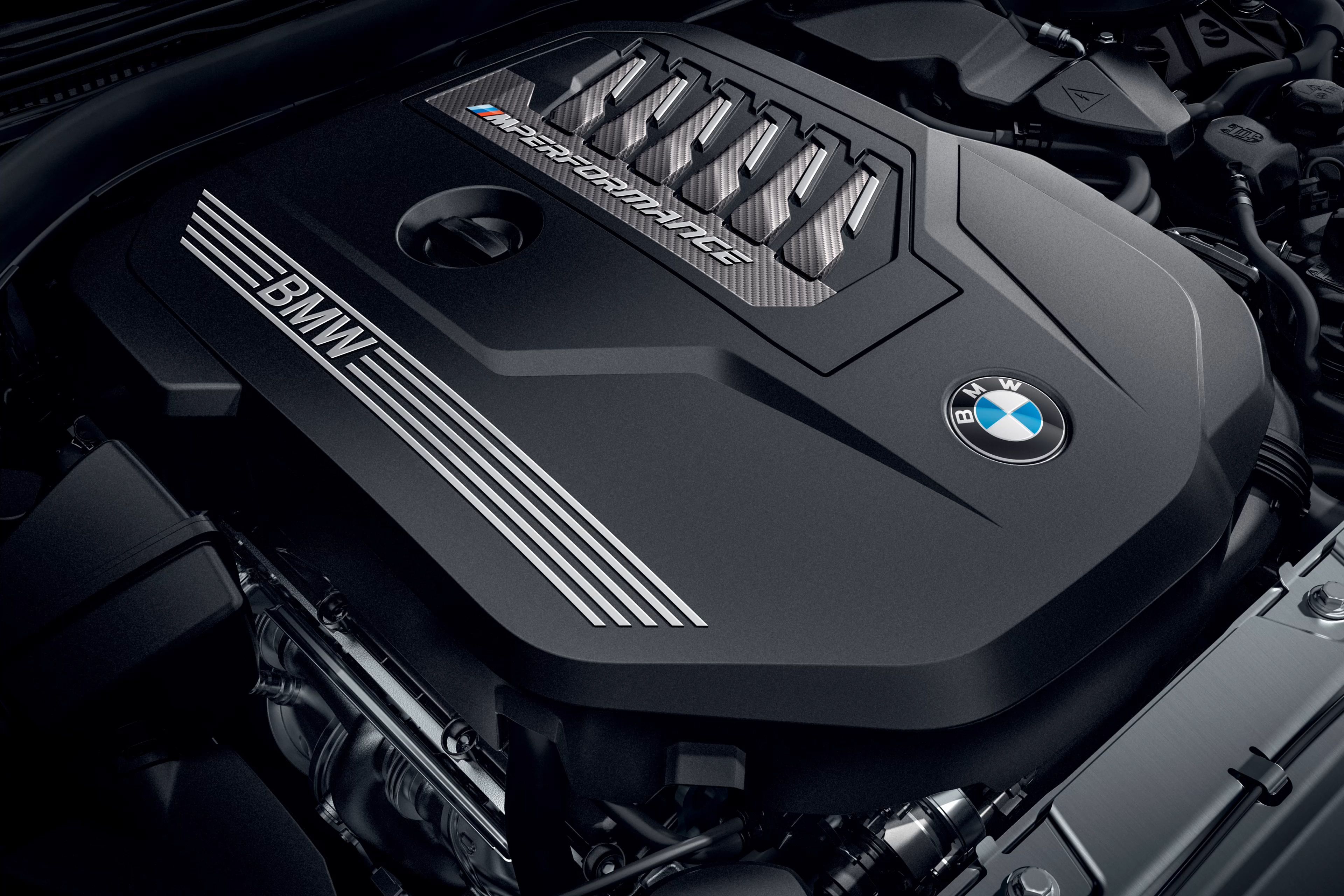Top 5 BMW Engine Technologies Reinventing the Automotive Market
Top 5 BMW Engine Technologies Reinventing the Automotive Market
Blog Article
Checking Out the Evolution of Combustion Engines in Modern Transport Systems
As we navigate the landscape of modern transport, the development of burning engines stands as a testimony to human ingenuity and engineering expertise. From their simple beginnings to the sophisticated giants pushing vehicles today, burning engines have actually gone through an exceptional journey of innovation and adaptation. Recognizing the intricacies of this evolution not only clarifies the past but also leads the method for visualizing what lies in advance in the world of transport technology. The interaction of background, innovation, and environmental concerns fit the trajectory of burning engines creates a narrative that is both compelling and insightful.
Very Early Beginnings of Combustion Engines
Exactly how did the concept of burning engines initial arise in the beginning of transport advancement? When the concepts of inner burning were first discovered, the origins of combustion engines can be traced back to the 17th century. In 1673, Christian Huygens conceptualized a basic interior burning engine that utilized gunpowder to create power. It had not been till the late 19th century that useful applications of burning engines in transportation started to arise.
The breakthrough minute featured the invention of the very first effective gasoline-powered engine by Karl Benz in 1885 - bmw engine. This engine paved the way for the advancement of the modern auto, reinventing transportation systems worldwide. Succeeding developments by Nikolaus Otto and Gottlieb Daimler better refined combustion engine innovation, leading to the automation of cars and the fast development of the transportation sector
These very early combustion engines were defined by their simpleness and efficiency, laying the foundation for the facility and effective engines utilized in contemporary transport systems. The development of combustion engines has been crucial fit the method we travel and transfer items, noting a significant landmark in the background of transport development.
Transition to Internal Combustion Technology
The transition to interior combustion modern technology marked an essential shift in the development of transport systems. This shift started in the late 19th century, with creators like Nikolaus Otto and Gottlieb Daimler developing the first successful internal combustion engines. These engines reinvented transportation by supplying a much more reliable and effective option to vapor engines and electric motors.
Among the key benefits of inner combustion engines was their ability to be reduced to suit lorries, leading to the advancement of bikes and autos. This shift from cumbersome, fixed engines to small, mobile ones led the way for the modern transportation systems we see today.
The transition to interior burning modern technology also spurred improvements in fuel modern technology, leading to the growth of gas and diesel as key gas resources for automobiles. This change not just made transportation a lot more accessible to the masses yet likewise laid the structure for the oil and gas market to become essential to international economies.
Influence of Combustion Engines on Transport
The fostering of combustion engines in transportation systems catalyzed a profound shift in the efficiency and rate of worldwide mobility. Burning engines changed transport by supplying a flexible and reliable source of power for different lorries, including cars and trucks, trucks, ships, and planes. This development dramatically boosted the capacity for people and items to relocate over fars away in shorter period, resulting in raised connection in between areas and countries.
In addition, the prevalent use burning engines has actually had a significant influence on economic advancement. The ability to carry products effectively has stimulated profession and business, enabling companies to expand their markets and reach customers worldwide. This has actually assisted in economic growth and globalization, as items can currently be carried quicker and in larger amounts than ever.
Nevertheless, the environmental influence of burning engines can not be neglected. The combustion of nonrenewable fuel sources has actually resulted in air pollution and greenhouse gas exhausts, contributing to climate adjustment and presenting health threats to populaces. bmw engine. Consequently, there redirected here is an expanding focus on establishing alternative propulsion technologies to alleviate these unfavorable effects and produce a more lasting find more future for transportation
Innovations in Burning Engine Design
Countless developments in burning engine style have actually driven the development of transport systems over the decades. One remarkable advancement is the development of turbocharged engines, which utilize exhaust gases to drive a turbine that compresses inbound air, enabling for more gas to be charred, causing boosted power output without a considerable rise in engine size. Additionally, direct shot innovation has actually enhanced gas effectiveness and efficiency by exactly regulating the amount and timing of gas injected right into the burning chamber. Variable valve timing systems have actually also transformed engine layout by optimizing air movement at different engine rates, enhancing both power and effectiveness. Another substantial advancement is the integration of light-weight products such as carbon fiber and aluminum alloys, lowering general engine weight and boosting car gas economic climate. Improvements in computer-aided design have actually enabled designers to maximize engine performance and efficiency via simulations prior to physical models are developed, saving time and sources in the development process. These technologies collectively contribute to the constant renovation of combustion engines in contemporary transport systems.
Future Patterns in Combustion Engine Growth
With innovation innovations driving constant technology, the future of combustion engine growth is poised to change transportation systems internationally. One of the key patterns in burning engine development is the push in the direction of better efficiency and minimized exhausts.
Another famous fad is the fostering of hybrid innovations in burning engines. Crossbreed engines combine standard burning modern technology with electric power, providing boosted gas performance and lower emissions. As the vehicle sector changes towards electrification, hybrid combustion engines are seen as a transitional option that links the gap in between standard lorries and fully electric ones.
Additionally, the integration of smart innovations, such as synthetic knowledge and information analytics, is anticipated to play a substantial duty in the webpage future of burning engine development. These innovations can enhance engine performance in real-time, causing a lot more reliable burning processes and enhanced total vehicle performance. Embracing these future trends will not just drive innovation in combustion engine growth but additionally add to an extra lasting and eco pleasant transportation ecosystem.

Conclusion
Finally, the development of burning engines in modern transportation systems has been marked by significant improvements in modern technology and design. From the early beginnings of burning engines to the change to inner combustion innovation, these engines have actually had a profound effect on transportation. Advancements in burning engine style proceed to drive development in this area, with future patterns focusing on additional enhancing effectiveness and minimizing exhausts. The future of burning engines in transport looks promising as r & d efforts continue to push boundaries.
The roots of combustion engines can be mapped back to the 17th century when the principles of inner burning were very first explored. These engines revolutionized transport by offering an extra powerful and reliable option to vapor engines and electric motors.

Report this page